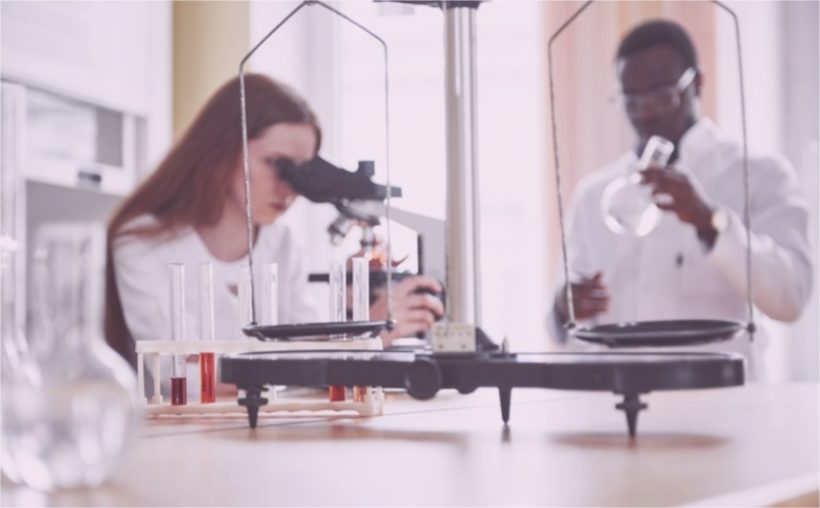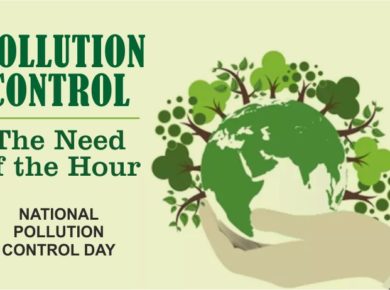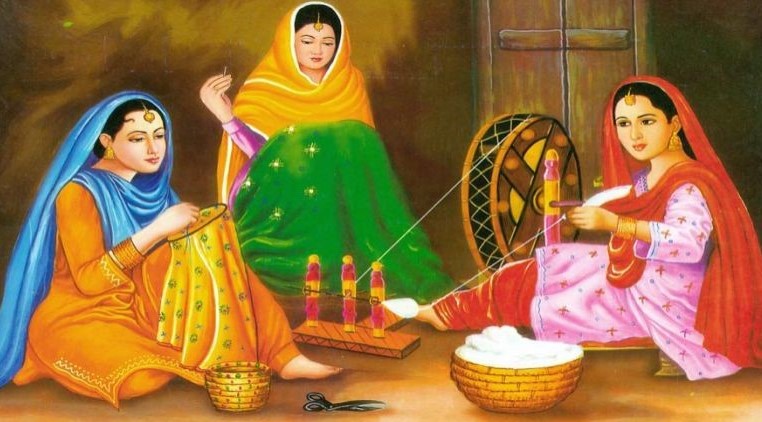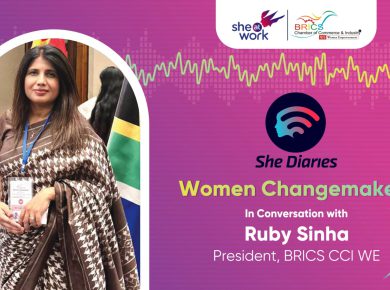On February 28, India celebrates National Science Day every year, to mark the eminent Indian physicist C.V. Raman’s discovery of the scattering of light. On this day, science is celebrated all around the world. But, inevitably, the question raises its head: how wide is the gender gap in science?
Between 1901 and 2019, 334 Nobel Prizes have been awarded to 616 Laureates in Physics, Chemistry and Medicine, out of which only 20 have been won by 19 women. In fact, since the Nobel Prize was established in 1895, less than 60 women have been honored with the prestigious international award. Factually, 58 women have been rewarded, representing only 6.2 percent of the 934 laureates (excluding institutions) overall.
However, there is a ray of hope. The number of women laureates has been steadily increasing over the decades, with 11.1 percent in the 2010s and 9.2 percent in the 2000s, against 5.4 percent in the 1900s and 2.6 percent in the 1910s.
Meet the women Nobel laureates in 2020
Strangely, the Nobel prize domain remains very much a man’s world, especially in science, but this time round, there was a clear difference. However, four female laureates were named in 2020, highlighting the fact that women are gradually getting more recognition.
Now, meet the women became Nobel laureates in 2020 – Louise Glück (the poet took the literature prize), Emmanuelle Charpentier, Jennifer A. Doudna (who won the chemistry award with France’s Emmanuelle Charpentier), and Andrea M. Ghez (who shared physics). They were added to that roster, having triumphed in literature, chemistry, and physics. Indeed, these three women scientists have clearly pulled off quite a feat in grabbing their prizes, and that too, in two of the most male-dominated disciplines!
Doudna and Charpentier’s chemistry win is only the third time in Nobel history (when it happened that a woman or an all-female team won it), after Marie Curie and the British X-ray crystallography pioneer Dorothy Crowfoot Hodgkin won it in 1911 and 1964 respectively. As a Frenchwoman, Charpentier follows in the footsteps of Curie and her daughter Irene Joliot-Curie, who won the prize in 1935 (in a tandem with her mother and husband Frederic Joliot).
To recall, Marie Curie was the first woman laureate in 1903 in physics, and is to date she is the only one to have won two Nobels (1903 in physics and 1911 in chemistry)!
Presence of women in laureates
Women fill up only 1.9 percent of physics laureates, or four out of 216, while they won seven out of 186 chemistry prizes. The medicine and economics awards are also heavily male-dominated, with 5.4 percent of women laureates in medicine (12 out of 222) and 2.3 percent (two out of 86) in economics.
The scene in the ‘peace’ space is different. The Nobel peace prize (15.9 percent, or 17 out of 107), not taking into account those awarded to institutions, and literature (13.7 percent, 16 out of 117) are slightly more women-friendly.
So, now, more than ever, there is a huge need to speed up women engagement in science. More girls must be encouraged to enter scientific fields with a holistic approach. Don’t we need a special teams that will always be ready to respond to future global health emergencies like COVID-19? Most importantly, these challenging times has taught us that we need to be prepared and education is essential for better response.










